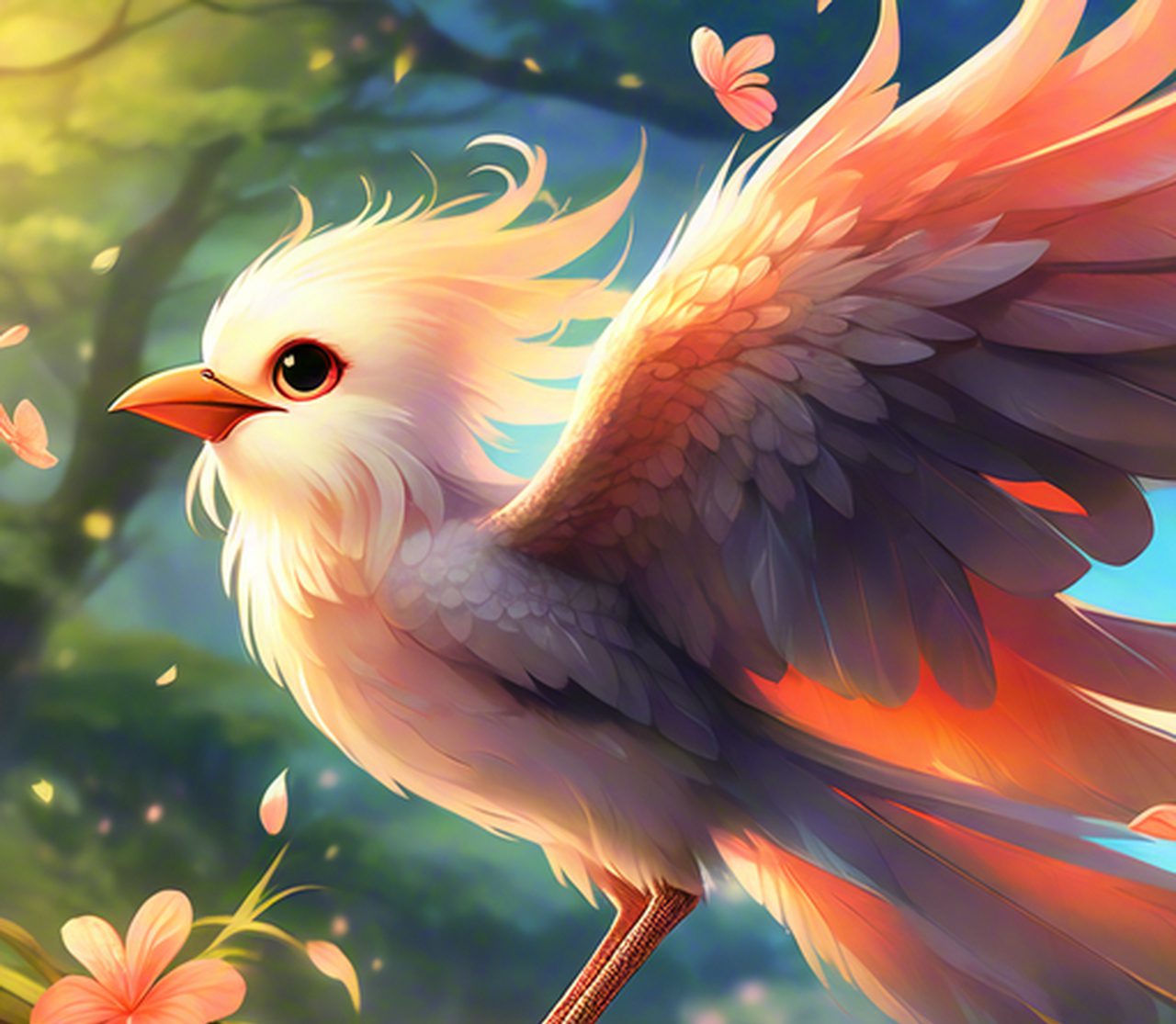The Founding of the People’s Republic of China: New Nation – Explore the New Nation of the People’s Republic of China
(A Humorous & Hopefully Illuminating Lecture!)
(Lecture Icon: 🇨🇳)
Alright everyone, settle down, settle down! Today, we’re diving headfirst into one of the most pivotal moments of the 20th century: the founding of the People’s Republic of China (PRC) in 1949. Buckle up, because this isn’t just a history lesson; it’s a rollercoaster ride through revolution, ideology, and the birth of a modern superpower! Think of me as your history tour guide, armed with facts, witty observations, and hopefully not too many historical tangents.
(Section 1: The Chaotic Crucible – Pre-1949: A Nation in Tatters)
(Icon: 🔥)
Imagine a country ravaged by decades of war, political instability, and foreign interference. That, my friends, was China in the early 20th century. We’re talking about a perfect storm of problems brewing for decades.
-
The Qing Dynasty’s Demise: The once-mighty Qing Dynasty, which had ruled for centuries, was as creaky as an ancient rocking chair. Corrupt officials, internal rebellions (like the Taiping Rebellion), and humiliating defeats in the Opium Wars left it weak and vulnerable. Think of it like a very, very old emperor trying to play modern warfare – not a pretty sight.
-
The Warlord Era (1916-1928): After the Qing Dynasty collapsed in 1911, China dissolved into a free-for-all ruled by various warlords. These guys were basically regional strongmen with their own private armies. Imagine a bunch of neighborhood bullies fighting over who gets to control the sandbox – except the sandbox was an entire country. This era was characterized by constant fighting, economic devastation, and general chaos.
-
The Rise of Nationalism: Amidst all this turmoil, a strong sense of Chinese nationalism emerged. People were tired of foreign powers exploiting their country and wanted a strong, unified China. This sentiment fueled the growth of various political movements, most notably the Nationalist Party (Kuomintang or KMT) led by Sun Yat-sen.
-
The Chinese Communist Party (CCP): Founded in 1921, the CCP initially collaborated with the KMT. However, ideological differences and power struggles soon led to a bitter rivalry. The CCP, inspired by Marxist-Leninist ideology, promised land redistribution and a classless society, which resonated with many peasants and workers.
(Table 1: Key Players in Pre-1949 China)
| Party/Faction | Leader(s) | Ideology | Goals |
|---|---|---|---|
| Kuomintang (KMT) | Sun Yat-sen, Chiang Kai-shek | Nationalism, Three Principles of the People | Unified, independent, and modernized China; initially more reform-minded, later increasingly authoritarian. |
| Chinese Communist Party (CCP) | Chen Duxiu, Mao Zedong | Marxism-Leninism, Maoism | Communist revolution, land redistribution, classless society. |
| Warlords | Various | Personal Power | Control of territory and resources; often opportunistic and self-serving. |
| Foreign Powers (e.g., Japan, Britain) | Various | Imperialism, Economic Gain | Control of trade and resources; establishment of spheres of influence. |
(Section 2: The Civil War – Brother Against Brother (and Everyone Else))
(Icon: ⚔️)
The uneasy alliance between the KMT and the CCP eventually crumbled. Chiang Kai-shek, who succeeded Sun Yat-sen as the leader of the KMT, launched a series of purges against the Communists. This marked the beginning of the Chinese Civil War, a brutal and devastating conflict that would reshape the destiny of China.
-
The Long March (1934-1936): Facing annihilation by the KMT, the CCP embarked on the legendary Long March, a grueling retreat across thousands of miles of treacherous terrain. This event, while devastating, helped solidify Mao Zedong’s leadership and became a symbol of the CCP’s resilience and determination. It’s like a really, really long and painful camping trip, but with constant battles and very little marshmallows.
-
The Second Sino-Japanese War (1937-1945): Japan’s invasion of China forced the KMT and CCP to temporarily unite against a common enemy. However, the war weakened both sides, creating an opportunity for the CCP to gain popular support in the countryside. While the KMT forces faced the brunt of the Japanese attacks, the CCP focused on guerrilla warfare and land reform in the areas they controlled, winning over the peasantry.
-
Resumption of the Civil War (1946-1949): After Japan’s defeat in World War II, the Civil War resumed with renewed ferocity. The KMT, backed by the United States, initially had the upper hand in terms of resources and military strength. However, the CCP, led by Mao Zedong, proved to be a more effective fighting force, benefiting from popular support, disciplined leadership, and skillful military tactics.
(Key Factors in the CCP Victory:
- Popular Support: The CCP’s land reform policies resonated with the vast majority of the Chinese population, who were poor peasants.
- Disciplined Leadership: Mao Zedong and other CCP leaders provided strong and effective leadership.
- Military Tactics: The CCP employed effective guerrilla warfare tactics, outmaneuvering the KMT’s larger and better-equipped army.
- Corruption and Inefficiency of the KMT: The KMT government was riddled with corruption and struggled to effectively address the needs of the people.
- US Support Fumbled: While the US supported the KMT, their support was often mismanaged and perceived as meddling.
(Section 3: The Proclamation – "China Has Stood Up!"
(Icon: 📣)
On October 1, 1949, Mao Zedong stood atop the Gate of Heavenly Peace in Tiananmen Square in Beijing and declared the founding of the People’s Republic of China. This was a watershed moment in Chinese history, marking the end of decades of turmoil and the beginning of a new era under Communist rule.
-
"China Has Stood Up!": Mao’s famous declaration symbolized China’s newfound independence and its determination to break free from foreign domination. It was a powerful message that resonated with the Chinese people.
-
The End of the Civil War (Almost): While the mainland was under CCP control, the KMT retreated to Taiwan, where they established a separate government. The issue of Taiwan remains a sensitive and complex one to this day.
-
A Nation Reborn?: The proclamation of the PRC signaled the beginning of a massive social, economic, and political transformation in China. The CCP embarked on a program of land reform, nationalization of industries, and the establishment of a socialist state.
(Section 4: Building a New Nation – Challenges and Transformations)
(Icon: 🛠️)
Building a new nation from the ashes of war and revolution was no easy task. The CCP faced numerous challenges, including economic hardship, political opposition, and ideological divisions.
-
Land Reform: The CCP’s land reform program, while popular with the peasantry, involved the redistribution of land from landlords to peasants. This process was often violent and resulted in the deaths of many landlords. Think of it as the world’s most intense game of Monopoly, but with real-life consequences.
-
The Great Leap Forward (1958-1962): Mao’s ambitious but ultimately disastrous attempt to rapidly industrialize China through collectivization and unrealistic production targets. It resulted in widespread famine and the deaths of millions of people. This was a lesson in well-intentioned plans gone horribly, horribly wrong.
-
The Cultural Revolution (1966-1976): A tumultuous period of social and political upheaval launched by Mao to purge the CCP of perceived capitalist and counter-revolutionary elements. It led to widespread chaos, persecution, and the destruction of cultural heritage. It’s like a really bad high school drama, but on a national scale.
-
Initial Soviet Support: The PRC initially received significant economic and technical assistance from the Soviet Union. This support was crucial in helping China rebuild its economy and develop its military. However, ideological differences and geopolitical rivalries eventually led to a split between the two communist giants.
-
Establishing a One-Party State: The CCP consolidated its power and established a one-party state, suppressing dissent and limiting political freedoms. This system, while providing stability, also stifled individual expression and hindered innovation.
(Table 2: Key Policies and Events in the Early PRC)
| Policy/Event | Year(s) | Description | Impact |
|---|---|---|---|
| Land Reform | 1950-1952 | Redistribution of land from landlords to peasants. | Increased support for the CCP among peasants, but also led to violence and the deaths of landlords. |
| The First Five-Year Plan | 1953-1957 | Soviet-style economic plan focused on industrial development. | Significant industrial growth, but also imbalances in the economy. |
| The Great Leap Forward | 1958-1962 | Ambitious but disastrous attempt to rapidly industrialize China through collectivization and unrealistic production targets. | Widespread famine and the deaths of millions of people. |
| The Cultural Revolution | 1966-1976 | Social and political upheaval launched by Mao to purge the CCP of perceived capitalist and counter-revolutionary elements. | Widespread chaos, persecution, and the destruction of cultural heritage. |
| Establishment of a One-Party State | 1949 onwards | The CCP consolidated its power and established a one-party state, suppressing dissent and limiting political freedoms. | Provided stability, but also stifled individual expression and hindered innovation. |
(Section 5: Legacy and Lasting Impact – A Transformative Revolution)
(Icon: 🌍)
The founding of the People’s Republic of China was a transformative event that had a profound impact on China and the world.
-
End of Foreign Domination: The PRC brought an end to decades of foreign interference and exploitation in China. It marked the beginning of a new era of Chinese sovereignty and independence.
-
Social and Economic Transformation: The CCP’s policies led to significant social and economic changes in China, including improved literacy rates, healthcare, and infrastructure development. However, these achievements came at a high cost, including political repression and economic hardship.
-
Rise of a Global Power: The PRC’s economic reforms in the late 20th and early 21st centuries transformed China into a global economic and political power. China is now a major player on the world stage, with growing influence in international affairs.
-
Contested Legacy: The legacy of the founding of the PRC remains contested. While the CCP celebrates its achievements in unifying and modernizing China, critics point to the human rights abuses and political repression that have characterized the Communist regime.
(Font: Important Considerations – The "What If?" Factor)
It’s important to remember that history is never a straight line. What if the KMT had won the Civil War? What if the Great Leap Forward hadn’t happened? What if Mao hadn’t launched the Cultural Revolution? These are questions that historians continue to debate and ponder.
(Emojis: Visual Summary)
- 🇨🇳: The People’s Republic of China
- 🔥: Pre-1949 chaos
- ⚔️: The Civil War
- 📣: Proclamation of the PRC
- 🛠️: Building a new nation
- 🌍: Global impact
(Conclusion – A Nation Forged in Fire)
The founding of the People’s Republic of China was a complex and multifaceted event, shaped by decades of war, revolution, and ideological struggle. It was a moment of both great hope and profound tragedy, and its legacy continues to shape China and the world today. The PRC represents a nation forged in fire, emerging from a chaotic crucible to become a global force. Understanding this pivotal moment in history is crucial to understanding the world we live in today.
(Final Thought: It’s crucial to remember that history is complex and often contradictory. Avoid simplistic narratives and always strive to understand the perspectives of all those involved. And remember to always question everything! 😉)
(Lecture Ends)

